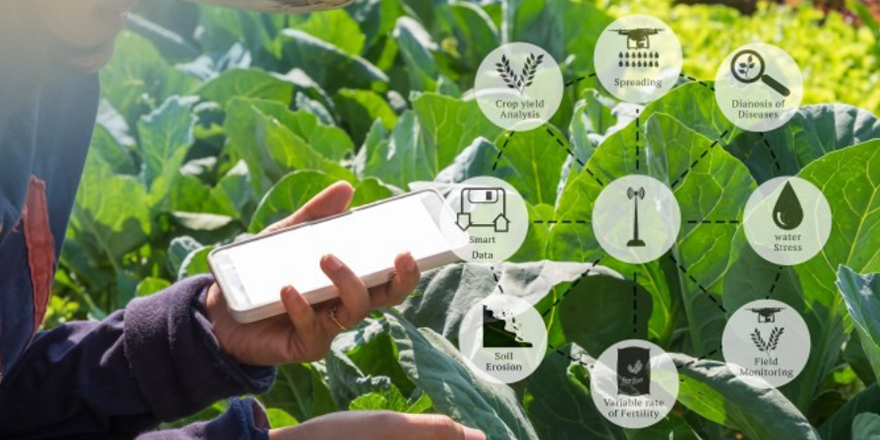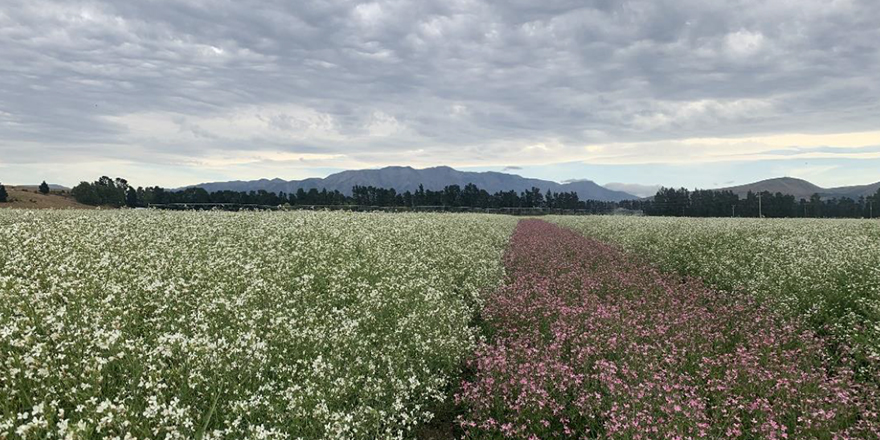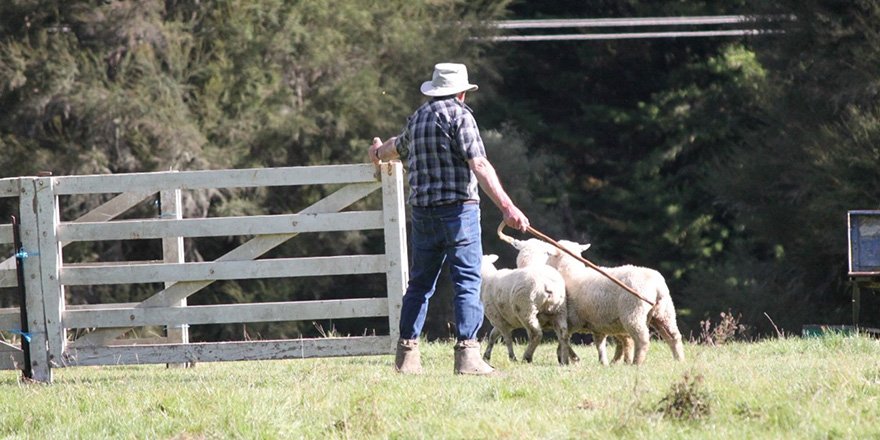Executive summary
The OVERSEER® Nutrient Budget model (Overseer ) has developed significantly since its inception in the early 1990’s. The model has been widely accepted as an appropriate tool to aid fertiliser nutrient management decision making , the function that it was designed for.
Regional councils are starting to use Overseer as a regulatory tool, to meet the requirements of the National Policy Statement for Freshwater Management. Given this, the model has come under more scrutiny, particularly examining how the limitations of the model apply in a regulatory framework. This additional scrutiny has led to changes in the perceptions of Overseer by users.
The purpose of the report is to provide insights into the perceptions of Overseer, what influences these perceptions and why? This was achieved through the completion of 35 interviews. To enable the author to analyse a range of views, interview groups included d airy and drystock farmers from the Waikato, farmers facing nitrogen regulations, agricultural consultants and regional council staff.
The main findings of the survey were:
- Age and past exposure to the Overseer model are key influencers on farmer’s current perceptions.
- The users of Overseer are key influencers of farmer perceptions, understanding and acceptance of the Overseer model.
- The accuracy of Overseer mode l output is viewed to be influenced by a number of factors, including accuracy of data supplied, consistency of file creation and the limitations of Overseer to model complex farm systems.
- There is a real concern across all sectors of the future use of Overseer in regulation, at its current perceived level of accuracy and credibility.
- The Overseer model is effective at completing the tasks that it was initially designed for, that being to aid on-farm nutrient management decision making.
The project highlights that there are measures that if implemented successfully, would significantly improve the perceptions and the level of confidence in Overseer. A number of these issues are already identified in the Overseer Strategic Plan and would be addressed through its implementation.
Through the investigations of the project the following recommendations should be considered for implementation:
- Significant investment in science to increase the credibility of the current model output and allow for the acknowledgement of future on-farm mitigation practice change.
- Increase the acceptance and understanding of Overseer with the users of the software through:
- user friendly web site upgrade
- timely communications
- increases in pre-release testing to reduce bug fixes.
- Greater communication to the wider industry to promote investment, science and technology changes that have been made to improve Overseer.
- Greater incorporation of Overseer into farming system decision making processes, to increase the value of the software as “more than a regulatory tool”.
Suggested developments include:
- More streamlined and automated data collection.
- Links to other farm programmes such as FARMAX and Udder
- Development of Overseer to create spatial representation of data, such as the MitAgator tool currently under development by Ballance.
- A two tier nutrient budget model to inform on farm decision making for compliance and non-compliance activities.
- The release of farmer tailored orientation workshops to improve farmer understanding of the Overseer model.
The wider industry can also contribute to improving the perceptions of Overseer by:
- Improved awareness by the farming community, facilitated by both regional councils and industry to highlight and gain acceptance to the causes, issues, contribution and solutions to regional water quality issues.
- The implementation of improved data collection processes nationally by initiatives such as data locker.
- Improved on-farm data collection to meet the requirements for the reporting of N loss and N use efficiency as part of the Sustainable Dairying: Water Accord obligations
- Clear guidance provided to farmers from regional councils, as to how Overseer will be used to inform regulation in their specific region, including future Overseer version changes and accounting for on-farm mitigations that are unable to be modelled in Overseer.
The Overseer owners are faced with the challenge of developing and gaining acceptance for the model that is now being used that for a purpose that it was not initially designed for. To achieve this, significant increases in – buy are required from the farmers that it will ultimately influence.
If this can be achieved, then t his will enable the Overseer model to be seen as part of the solution rather than part the problem. In short, Overseer can be the unsung hero, if time and resource is made available to allow Overseer to meet the demands of a new regulatory era in nutrient management.
Adrian Brocksopp



